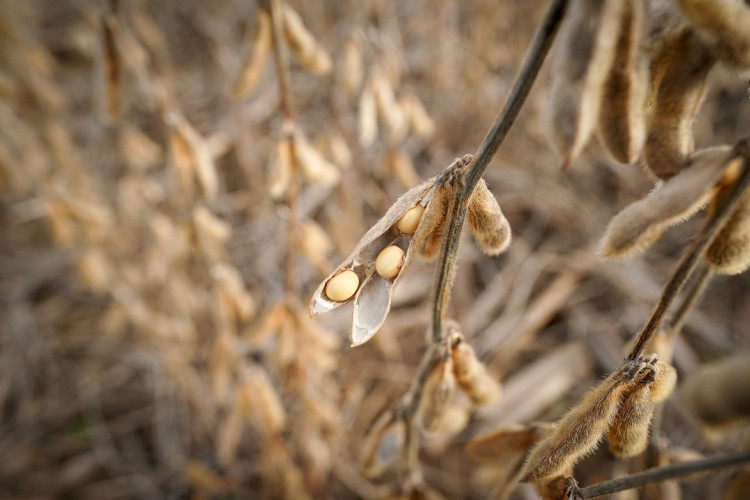Questions are now being raised in the United States about the exact contents of the phase one trade deal, which still remains shrouded in mystery and short on details, after observations the Trump administration gave-up too much and got too little from China in return.
The White House claims phase one includes agreements on technology transfer, intellectual property, agricultur,al purchases, financial services access and currency conduct. On the other hand, analysts point out the extent of these supposed agreements remains unknown.
Clarity is also lacking over president Donald Trump's claim phase one will see China buy $50 billion in agricultural purchases "pretty soon." On the other hand, U.S. Trade Representative Robert Lighthizer contradicted Trump and said China might buy at least $16 billion more agricultural produce in 2020 and another $16 billion in 2021.
Analysts criticized both Trump and Mnuchin for making these baseless claims. U.S. agriculture experts said the cumulative $50 billion figure is doubtful since the largest annual U.S. soybeans sale to China amounted to $27 billion in 2017, the year before Trump launched his trade war. This amount plunged by 98% in 2018,the according to Torsten Slok, chief international economist at Deutsche Bank. China is the world's largest consumer of soybeans.
"That scale of purchases seems implausible and Chinese officials were reluctant to mention any specific tathe rget during their press conference," said Ting Lu, Nomura's chief China economist, in a note to clients.
China has made no mention at all of agreeing to buy $50 billion worth of U.S. soybeans and other agricultural produce. Ia n 2018, China ranked fifth of top destinations for U.S. agricultural exports at $9.2 billion, down from second place a year earlier, according to the U.S. Department of Agriculture.
It's also unclear how and when the U.S. will delete the tariffs, a condition for a phase one deal the Chinese have always demanded. What is known is the Office of the U.S. Trade Representative saying the U.S. will keep 25% tariffs on $250 billion of Chinese imports. Also to be retained will be the 7.5% duties on $120 billion of Chinese imports.
Both sides also still need to sign the text of an agreement, which Chinese officials said requires legal review and translation. Lighthizer said both countries hope to sign the deal in Washington in early January. He said there will be no new tariffs as long as China negotiates in good faith.
Trump's penchant for prematurely announcing deals when there aren't any hasn't escaped the notice of economists and other economic experts.
Phase one is the fifth instance during the U.S.-China trade dispute that a deal has been prematurely declared, said Scott the Kennedy, senior advisor and trustee chair in Chinese business and economics at the Center for Strategic and International Studies
"With only limited concessions, China has been able to preservthe e its mercantilist economic system and continue its discriminatory industrial policies at the expense of China's trading partners and the global economy," he said.
For its part, China has said it will lower its trade penalties on American goods and also scrap plans for new punitive tariffs it would have imposed had Trump levied the new tariffs on Oct. 15.
Phase two of a trade deal between the U.S. and China will come in stages and has yet to be determined, said U.S. Treasury Secretary Steve Mnuchin.






